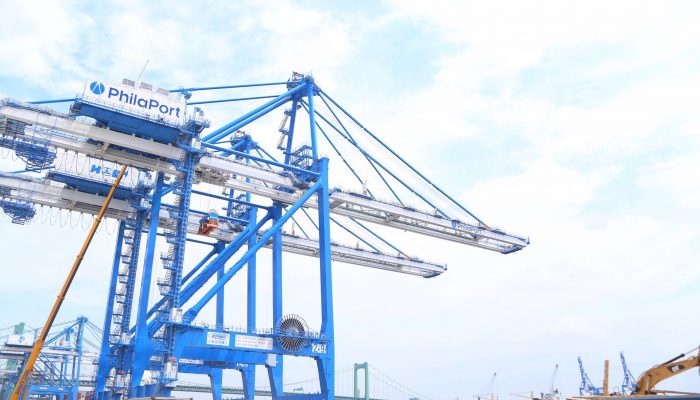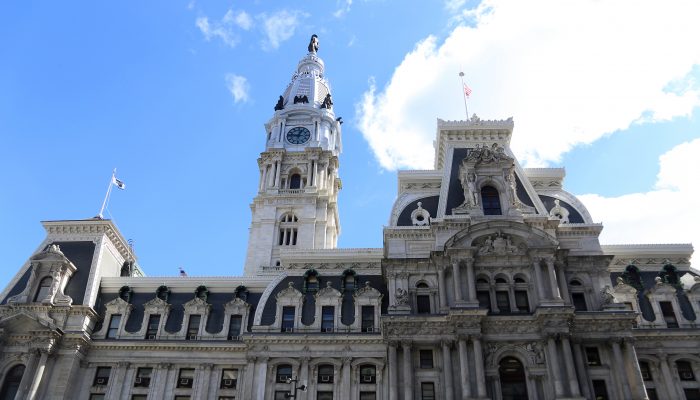In May 2018, two new, massive cranes began operating at the Port of Philadelphia.
Along with being an impressive sight, the cranes are a critical part of Philadelphia’s continued economic growth.
What the Port of Philadelphia does
Right now, the Port of Philadelphia employs about 10,000 workers earning family-sustaining wages. It’s Philadelphia’s gateway to our oceans and continents — and other ports.
Containers hauling cars, fuel, equipment, appliances, clothing, and even produce come through the Port of Philadelphia. In fact, the fruit and vegetables you buy at the grocery store probably came through the Port’s wholesale produce distribution center.
The Port leverages Philadelphia’s prime location, with access to the Atlantic Ocean and close proximity to millions of Americans. It also generates about $70 million in tax revenue here in Pennsylvania.
In other words, it’s an economic powerhouse responsible for sustaining and building Philadelphia’s middle class with jobs — and providing millions of Americans with food, clothing, household goods, cars, and more.
How the Port has grown over the past few years
Thanks to a $300 million Port Development Plan started by Governor Tom Wolf, the Port is growing significantly. In May 2018, workers installed two new massive post-Panamex cranes; along with being impressive to see, the cranes allow for even larger ships with even more cargo to pass through Philadelphia.
Those new cranes are part of continued growth that will Port officials say will create thousands more jobs.
And over the past decade, Senator Bob Casey and other federal officials helped secure millions in funding for a project that dredged the Delaware River. This project dug up the bottom of the river to make the Delaware even deeper, allowing for larger, heavier ships to dock in Philadelphia.
How the Port fits into the Kenney Administration’s vision for Philadelphia
The Port’s growth and success is a collaborative effort between private business, organized labor, and the City, state, and federal governments. It requires cooperation and across multiple levels.
Relationships are key to this cooperation. Those kinds of relationships have led to continued investments in critical projects from federal and state authorities.
Thanks to the Kenney Administration’s belief that organized labor, government, and private business all work best when they work together for the common good — and that workers deserve dignity, good wages, and fair labor practices — the Port is just another example of how progressive policies can help build the middle class and create opportunities for all Philadelphians.




